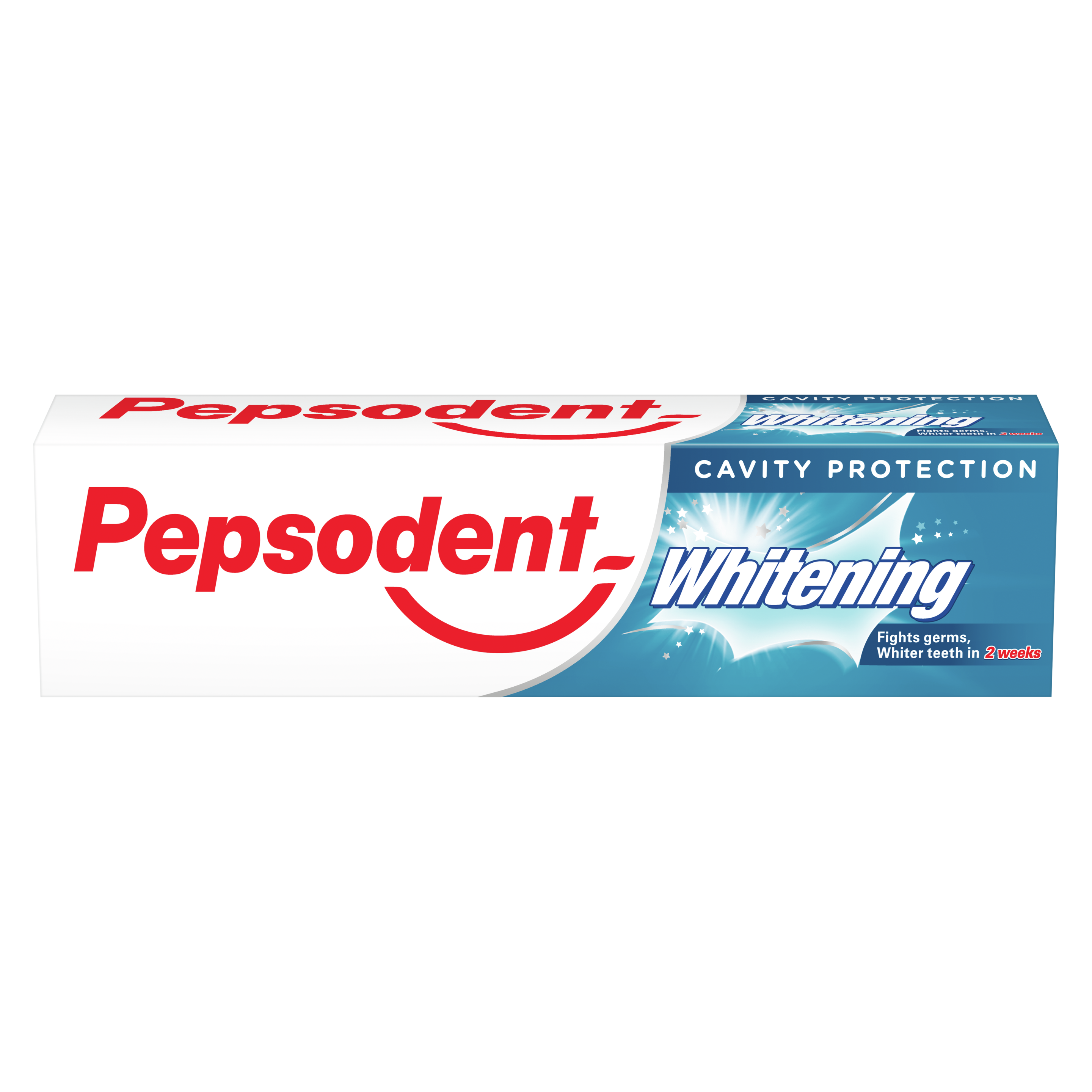Skip to:
Discover the truth about alternative teeth whitening treatments, from oil pulling to baking soda.
Getting a white smile is a major part of any beauty routine, and sometimes people will try less conventional methods to achieve flawless teeth. But what’s the truth behind alternative teeth whitening trends like coconut oil pulling? Are they as effective as some people make out? Read on to discover the truth about oil pulling, plus two more much talked-about DIY whitening treatments…
Teeth whitening myths explained
1. Oil pulling to whiten teeth
This trend-of-the-moment whitening technique has been talked up on many a beauty blog, but does it actually work? In short, no, not in a way that has been scientifically proven to date.
Originating from an Indian folk remedy, oil pulling involves swooshing coconut or essential oils around your mouth. When you spit the mixture out, it should have changed from a clear substance to a milky white liquid. This, it is said, shows the ‘toxins’ and ‘bad’ bacteria that’s been drawn out of your mouth.
As well as whitening teeth, this method is said to help minimise plaque and lead to better oral hygiene. While seeing these supposedly ‘bad’ bacteria in your sink is satisfying for those trying the method, there is no scientific evidence for its claims for whitening teeth or improving your smile.
Pepsodent recommends
- 3-Angled neck lets the Brush reach difficult areas for a healthy, whole mouth cleanse.
- Contains Perlite - no. 1 polishing agent used by dentists.
- Stain removal for a natural white smile.
- Perlite lamella toothBrush gently polishes the teeth to remove stains with each brushing action.
- slide 1
- slide 2
2. Baking soda to whiten teeth
The baking soda whitening method involves brushing your teeth with baking soda twice a week on top of your regular routine. A further addition involves adding a squirt of lemon juice to the baking soda, rubbing the mixture over your teeth and leaving for one minute before washing off. It’s advised this is done no more than once a week.
As baking soda is a mild abrasive, and lemon juice is naturally acidic, both these methods can cause wear to your enamel. While baking soda can remove less-heavy stains (which gives the appearance of whitening), it must be used with real caution in order to avoid damaging enamel and increasing issues with your teeth in the long-term.
3. Essential oils for tooth whitening
Natural and alternative health enthusiasts advise all sorts of essential oil-based whitening treatments, from peppermint, to clove, to cinnamon and eucalyptus. As it’s not advisable to ingest essential oils or use them internally, this method should not be followed for tooth whitening.
Whiter teeth can make you look and feel great, and the best way to get this is through a routine that not only whitens teeth, but is also safe to use on your tooth enamel.
White Now toothpaste uses Blue Light technology, an optical whitening method that instantly whitens teeth* without the potential harshness of alternative methods or bleaching, is safe on enamel and is recommended by the World Dental federation for daily use.
Using White Now will instantly improve teeth’s whiteness, as well as keep your smile safe and beautiful in the long term.






